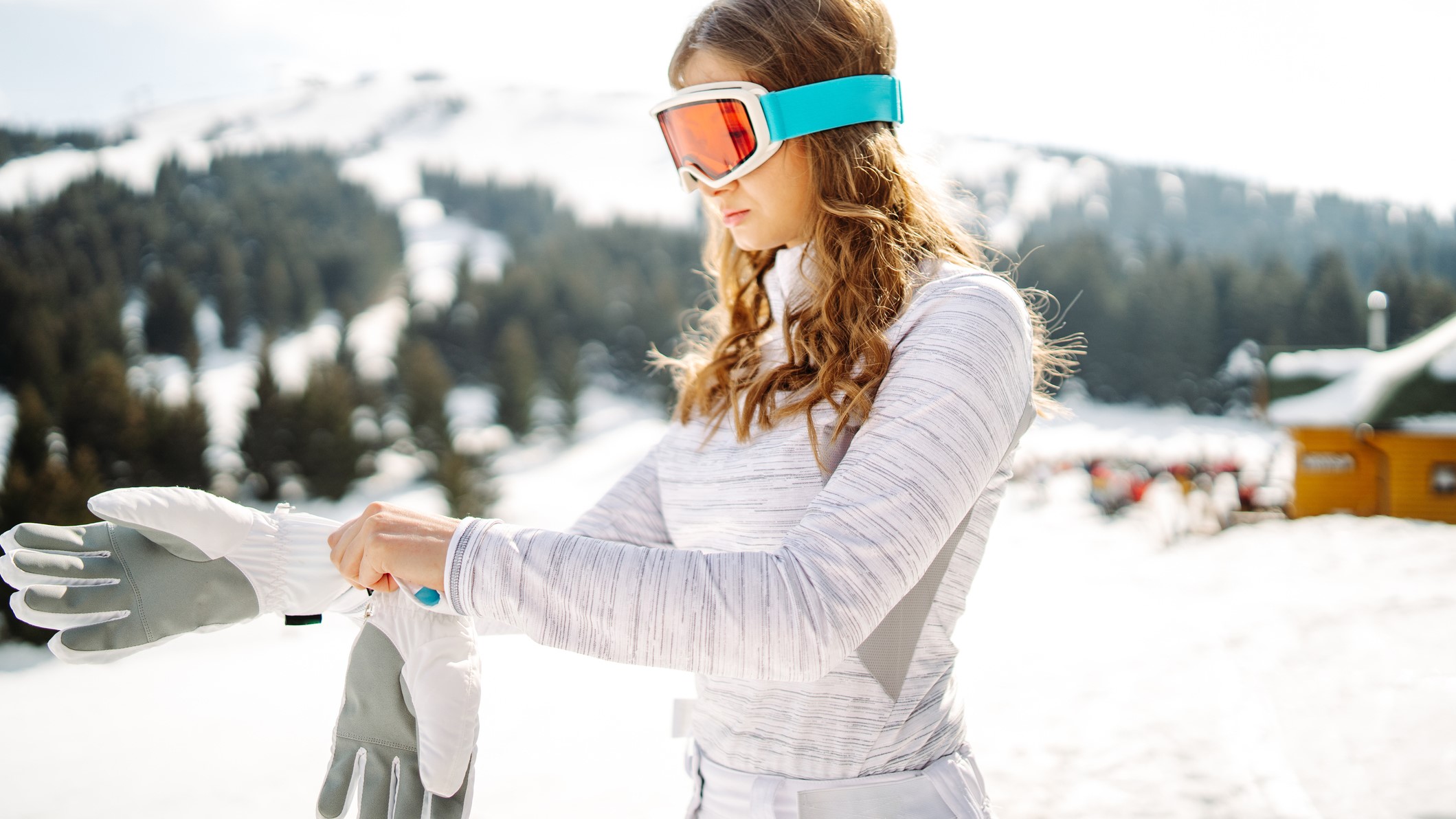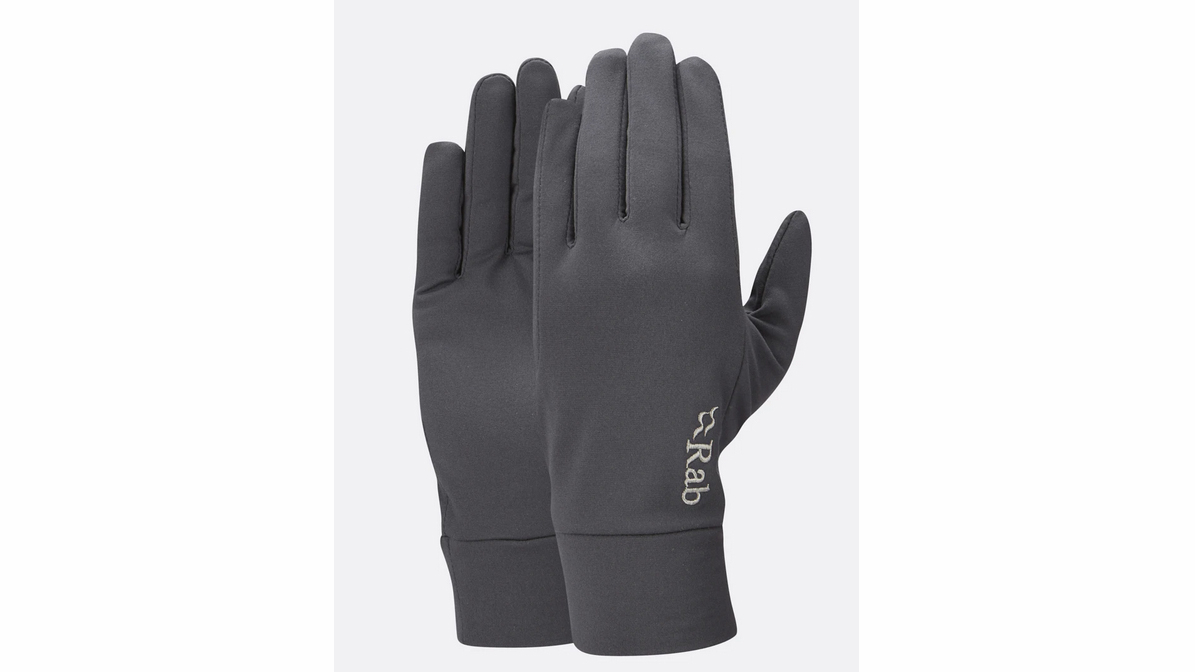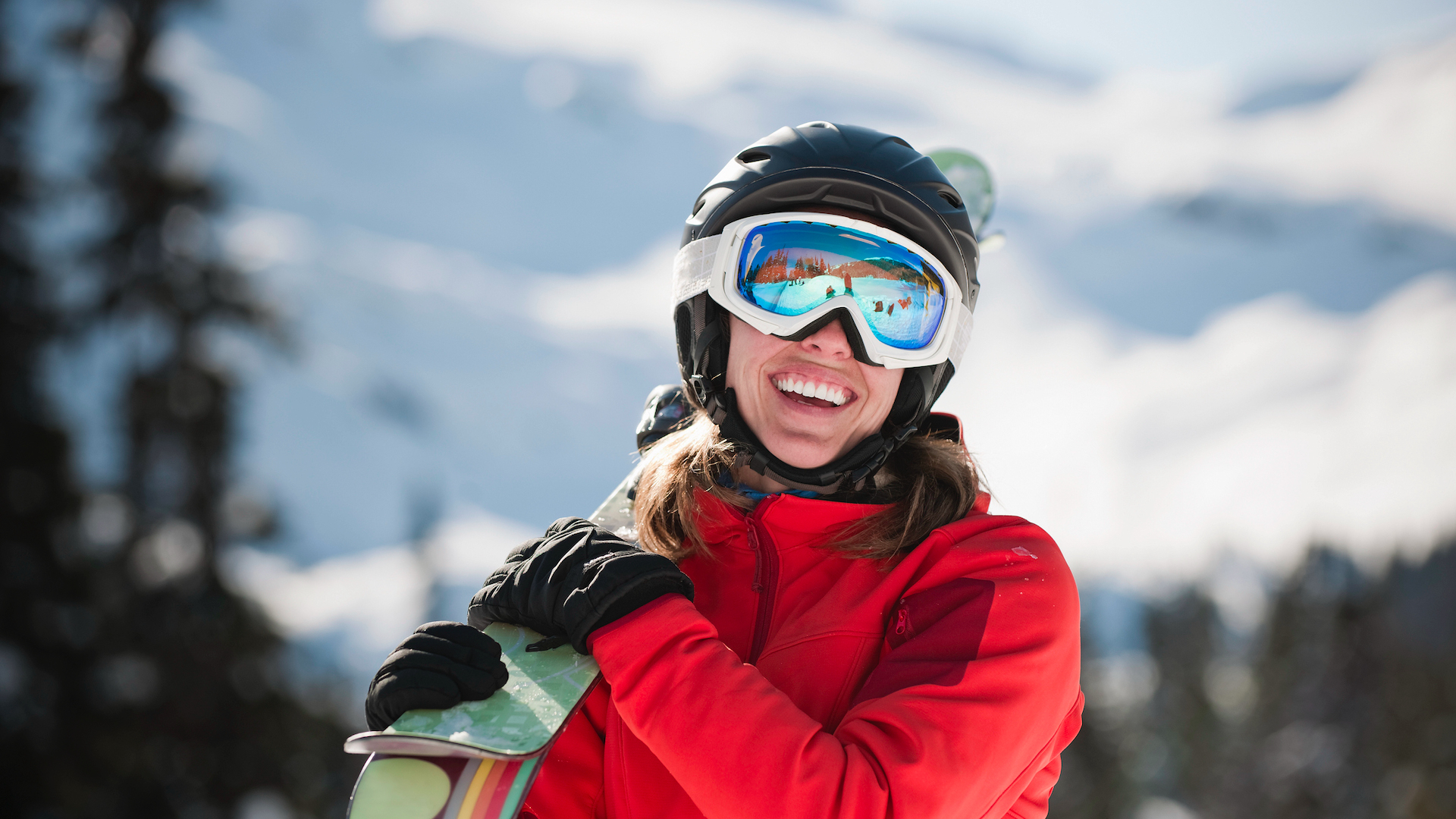What are liner gloves for skiing?
Liner gloves help keep your digits toasty and dry in all conditions so that you can adjust your gear, rummage through your backpack and even snap pictures on your phone

You’ve probably heard of the hiking layer system – where instead of wearing one thick, heavy sweater or jacket to stay warm in cold temperatures, you wear two or three layers of thinner clothing made from moisture-wicking material – but did you know that you can extend this principle to your hands when you’re skiing and snowboarding? Liner gloves are an often overlooked but key piece of gear for anyone recreating in winter. In fact, most people just whack on a really thick pair of ski gloves when it’s frigid out. But liner gloves help keep your digits toasty and dry in all conditions so that you can adjust your gear, rummage through your backpack and even snap pictures to preserve some memories of your winter adventures.

What are liner gloves?
A bit like liner socks for hiking, or wearing thermal underwear under your ski pants, liner gloves are slim-fitting gloves made using thin material that you can wear underneath bulkier gloves such as your ski gloves. Liner gloves for skiing are typically made using a fabric like wool, synthetic fleece or silk, which are all temperature-regulating. This means that although they are thinner than an insulated ski glove like the The North Face Montana Futurelight Etip, they’re still designed to provide warmth on a cold day.
Further still, these materials are all moisture-wicking, which means they’ll pull sweat away from your skin and stay dry if you are uphilling or just thrashing your way through some deep powder, and that helps you stay warm once you slow down and cool off. The last thing you want is to be skiing in damp gloves after all. Because they’re separate from the thicker glove you’re wearing on top, the space between the two pairs of gloves also adds breathability for those sweatier escapades.

What is the point of liner gloves?
Say you’re out skiing in early January during the cold snap. The snow is great because it’s not getting a chance to melt during the day the way it does in March but it is seriously cold out. Of course you need to bundle up with a ski mask, insulated ski pants, a mid layer under your ski jacket and a burly pair of ski gloves like the Black Diamond Recon so you can stay comfortable on the ski lift (if your gear needs an upgrade, our guides to the best ski jackets for men and ski jackets for women are full of great options).
But then you get to the top of a run and you need to adjust your boots or perhaps you want to take a photograph. So you pull off your gloves in order to be able to unbuckle your boots or unzip a coat pocket, and within seconds your fingers are numb and useless with the frigid temperatures. Painfully cold fingers can really put a damper on your ski day, fast. Well, not if you’re wearing glove liners. Then you can just whip off your thick, insulated ski gloves and be able to press buttons and fiddle with gear without exploding your skin and getting frostbite.

How do you use a liner glove?
How you use liner gloves depends largely on the conditions you're skiing in, and a little bit on your own ability to regulate your temperature. If you are skiing in conditions that aren’t below freezing or too humid, you’ll usually be perfectly comfortable in a good pair of ski gloves.
If it’s below freezing or very humid, or if you tend to really feel the cold or have circulation issues, you can wear liner gloves underneath your ski gloves. Then you have an extra layer of protection and don't have to expose your bare skin to harsh conditions if you need to take your ski gloves off to use your hands. In fact, they're really recommended for snowboarding, where you need to adjust your bindings before and after every run.
All the latest inspiration, tips and guides to help you plan your next Advnture!
For backcountry skiing and spring days at the resort, or if you tend to run hot, you might also be quite comfortable just wearing liner gloves on their own. They’re usually fast-drying, but not waterproof, so this option isn’t ideal for humid conditions, but they will provide some insulation and wind protection, so in those dry snow states like Utah and Colorado, this can work great. You can also wear them on their own for trail running in winter and cross country skiing where you’re bound to work up a sweat but need to protect your skin.
Liner gloves are also great on days when there is a huge temperature swing. You might start the day wearing ski gloves over liners if you’re catching the first chair and it’s still really frosty out, remove your ski gloves in the middle of the day when the sun has warmed things up and just ski wearing liners, then put them back on towards the end of the day when it cools off again.

How to choose liner gloves
When picking out a pair of liner gloves, make sure that you select a pair that are low profile so they don’t bunch up under your ski gloves as it will be really difficult to use your hands then. You also want to ensure that yours are made from a moisture-wicking, breathable material such as merino wool, nylon or polyester, in case you break a sweat in them. And of course, you want them to have a little stretch in them so that you can move and use your fingers easily. We love the Rab Flux Liner gloves which are made using a polyester/elastane blend for just that reason.
Beyond that, liner gloves are definitely fairly low tech pieces of gear, but if you are planning to use your phone while wearing them, look for a pair with touchscreen capability so that you don’t end up just taking them off anyway, and defeating the whole purpose.
- The best ski gloves: tested and rated in harsh winter conditions
Julia Clarke is a staff writer for Advnture.com and the author of the book Restorative Yoga for Beginners. She loves to explore mountains on foot, bike, skis and belay and then recover on the the yoga mat. Julia graduated with a degree in journalism in 2004 and spent eight years working as a radio presenter in Kansas City, Vermont, Boston and New York City before discovering the joys of the Rocky Mountains. She then detoured west to Colorado and enjoyed 11 years teaching yoga in Vail before returning to her hometown of Glasgow, Scotland in 2020 to focus on family and writing.

